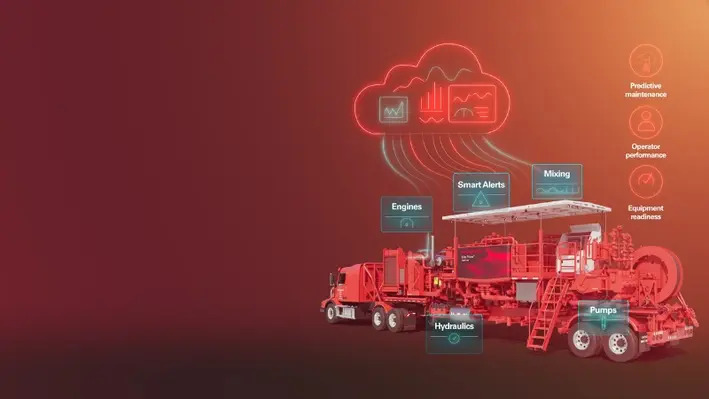

Halliburton has introduced LOGIX unit vitality, expanding its LOGIX automation and remote operations suite. The system provides real-time monitoring of cementing equipment, streamlines preparation for upcoming jobs, and offers direct insight into equipment performance and operation.
Daniel Casale, vice president of Cementing at Halliburton, said, "LOGIX unit vitality delivers unprecedented visibility into equipment health and operator performance. Artificial intelligence (AI) and real-time data transform equipment maintenance from reactive to predictive to help customers gain greater insight into their operations and reduce non-productive time."
The system links key cement unit components to intelligent controllers, tracking more than 400 real-time parameters to maintain optimal performance. Data is securely transmitted to the cloud, where machine learning models process it immediately, providing continuous insights into equipment health, operational readiness, operator performance, and predictive maintenance recommendations.
By combining AI with human expertise, LOGIX unit vitality enables smarter operations, faster responses, and more confident execution. The system supports Halliburton's land-based Elite and Elite Prime cement units, with offshore deployment planned for 2026.
Digital technology is central to Halliburton’s operations, shaping problem-solving and enhancing value for customers. The LOGIX automation and remote operations family delivers analytics and visualisation services that improve reliability, efficiency, and operational consistency, enabling safer operations, smarter decision-making, and lower total cost of ownership.
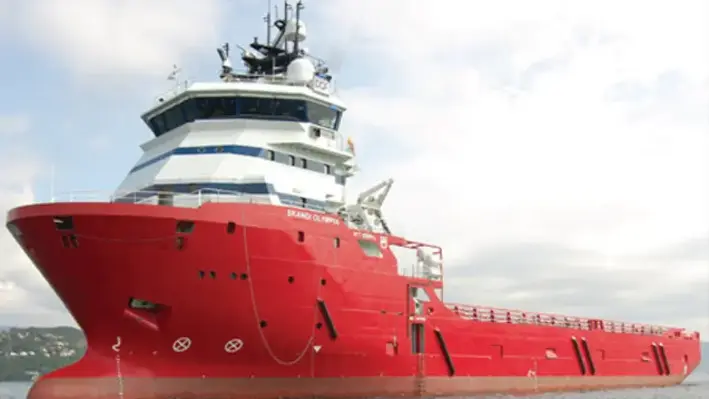
 The energy giant has awarded DOF Group a three-year contract, with optional extensions, for the provision of subsea services in the North Sea.
The energy giant has awarded DOF Group a three-year contract, with optional extensions, for the provision of subsea services in the North Sea.
Under the agreement, DOF will support bp with subsea construction, inspection, repair and maintenance operations. Work is expected to commence in Q1 2026.
Mons S. Aase, DOF Group CEO, said, “We are proud to be awarded a contract with bp for subsea services in the North Sea. This agreement represents a significant step forward for DOF and our UK subsea organisation. We are committed to delivering best-in-class services, with an uncompromising focus on safety and operational performance in the years ahead.”
Preparations are already underway, with DOF providing a comprehensive scope including project management, engineering, logistics, and offshore execution as part of the service.

 Emerson, in collaboration with Interwell, a global leader in well intervention and integrity solutions, has announced the launch of the Adaptive Gas Lift System (AGLS), the world’s first retrievable electric gas lift system designed to comply with internationally recognised safety and performance standards
Emerson, in collaboration with Interwell, a global leader in well intervention and integrity solutions, has announced the launch of the Adaptive Gas Lift System (AGLS), the world’s first retrievable electric gas lift system designed to comply with internationally recognised safety and performance standards
The AGLS enables continuous optimisation of oil production without requiring costly and intrusive well interventions. Its retrievable design reduces downtime while improving both safety and sustainability in gas lift operations.
Conventional gas lift systems are typically most effective in the early stages of a well’s life, when tubing pressure is high. As reservoir conditions change, drawdown efficiency drops and oil output declines, often resulting in over or under-injection of lift gas. Traditional injection pressure operated (IPO) valves must reduce casing pressure to close, which restricts injection depth and production capacity.
Controlling casing pressure and temperature-related uncertainties in valve behaviour can also cause multi-pointing, where gas is injected at unintended depths, creating inefficiencies and production losses. To address these challenges, operators often resort to costly interventions to alter valve port sizes or injection depths.
The Adaptive Gas Lift System revolutionises gas lift operations by offering real-time remote control of valve port sizes, gas injection rates, injection depths and drawdown, all without halting production. Since valve closure does not depend on reducing casing pressure, operators can achieve deeper injection, resulting in improved lifting efficiency throughout the well’s lifecycle.
With continuous data-based online adjustments, the AGLS removes the need for traditional intervention-based modifications, maximising uptime, production and safety while shortening project payback periods. Its unique retrievable design allows complete valve assembly replacements using standard wireline techniques, avoiding the need for costly workovers.
The system is powered and managed through Emerson’s Roxar Integrated Downhole Network, a permanent monitoring and control platform that delivers real-time data on pressure, temperature and flow for enhanced reservoir management. It also incorporates Interwell’s proven Side Pocket Mandrels and barrier-rated Gas Lift Valve.
AGLS has been designed and qualified to meet the American Petroleum Institute’s API 19G1 (V1), 19G2 (V0), and the Advanced Well Equipment Standards Group’s AWES 3362-36 standards.
By reducing the frequency of well interventions, which typically require heavy equipment mobilisation, energy use and associated emissions, the system lowers the carbon footprint of gas lift operations. Its enhanced production efficiency further decreases CO2 emissions per barrel of oil, supporting more sustainable energy production.
“We designed the AGLS to meet the most rigorous industry standards,” said Jan Inge Ellingsen, vice president and general manager for Roxar products at Emerson’s measurement solutions business. “This innovative technology will help unlock the full potential of assets in the field while eliminating the need for extensive interventions, improving safety, and supporting the transition toward net-zero energy production.”
“The oil and gas industry has long required a more dynamic and resilient approach to electric gas lift,” said Thormod Langballe, chief executive officer of Interwell. “Combining Emerson’s industry-leading digital automation expertise with Interwell’s specialised gas lift technology and know-how, we have developed a robust, real-time controllable gas lift solution that tackles these challenges head-on.”

 Odfjell Technology (UK) Ltd has announced a two-year extension of its Master Service Agreement with Serica Energy (UK) Limited.
Odfjell Technology (UK) Ltd has announced a two-year extension of its Master Service Agreement with Serica Energy (UK) Limited.
The renewed agreement underscores the companies’ strong partnership and Odfjell Technology’s ongoing commitment to delivering reliable, high-quality campaign support and maintenance services within the energy industry.
Originally awarded in November 2018, the Serica contract covers the provision of storage, preservation, maintenance, and drilling services. It has since been sustained through several rolling extensions. Under this agreement, Odfjell Technology supplies skilled personnel to support intervention and maintenance operations on the Bruce platform, along with engineering expertise through targeted surveys that contribute to Life of Field activities. The latest extension secures an additional two years of backlog for Odfjell Technology, reinforcing its continued support for Serica’s operational objectives.
John Moffat, Senior Vice President of Operations & P&A UK, commented, “This extension reflects the trust Serica places in Odfjell Technology and the value our teams deliver across intervention, maintenance, and drilling support. We are proud to continue this long-standing partnership and strengthen our position for future campaign readiness, reinforcing our commitment to reliable, flexible service delivery.”
With more than 50 years of experience, Odfjell Technology is an integrated provider of offshore operations, well services technology, and engineering solutions. The company is dedicated to improving safety, efficiency, and sustainability across all operations while reducing time, cost, and emissions for clients. Operating in over 30 countries, Odfjell Technology employs more than 2,400 skilled professionals worldwide.
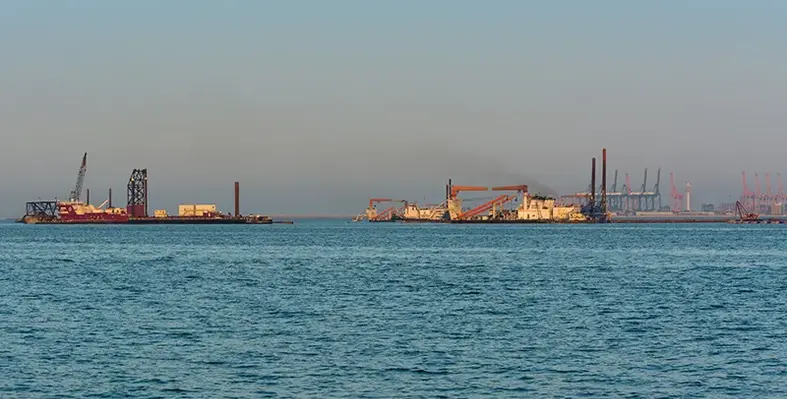
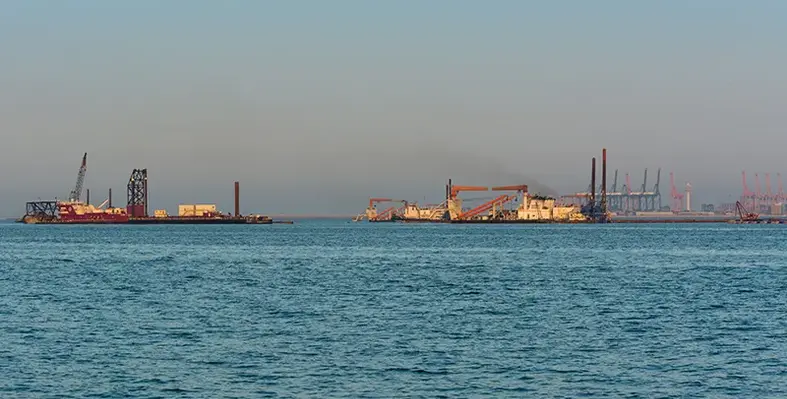 The Norwegian-based offshore and subsea services provider DOF Group ASA has announced contract extensions for three high-specification pipelay support vessels (PLSVs) owned via its joint venture with TechnipFMC (50:50).
The Norwegian-based offshore and subsea services provider DOF Group ASA has announced contract extensions for three high-specification pipelay support vessels (PLSVs) owned via its joint venture with TechnipFMC (50:50).
The vessels are engaged by Petrobras in Brazil and are now set to bolster the company’s offshore presence well into the next decade.
The PLSVs Skandi Vitória and Skandi Niterói have had their existing contracts, originally due to end in Q4 2025, extended through to Q1 2027. Their subsequent three-year contracts, announced in June 2024, will commence once the extended period concludes. Meanwhile, Skandi Açu has seen its current charter, set to finish in Q3 2026, likewise extended to Q1 2027, ahead of a separate three-year deal announced in August 2024.
DOF says these amendments add approximately US$100mn to the company’s firm backlog, while all other terms of the previously disclosed three-year agreements remain unchanged. “We are happy to extend the firm backlog of these three high-end vessels into 2030,” said Mons Aase, CEO of DOF Group ASA. “Together with other contracts previously announced, DOF now has 17 vessels in Brazil with firm backlog extending towards and into the next decade.”
The announcement underscores the firm’s commitment to its offshore services footprint in Brazil, securing long-term engagements for its pipelay assets in a key global market.
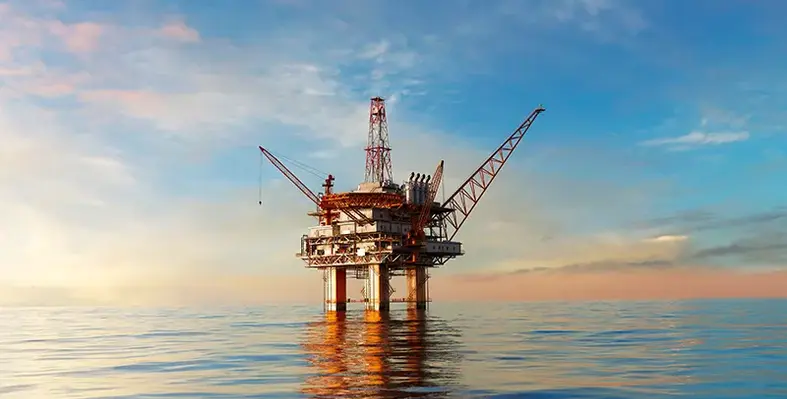
 Oceaneering International, Inc. has announced that its Offshore Projects Group (OPG) has received a contract from bp Exploration (Caspian Sea) Ltd. to provide riserless light well intervention (RLWI) services at the Azeri-Chirag-Deepwater Gunashli (ACG) oilfield in the Caspian Sea
Oceaneering International, Inc. has announced that its Offshore Projects Group (OPG) has received a contract from bp Exploration (Caspian Sea) Ltd. to provide riserless light well intervention (RLWI) services at the Azeri-Chirag-Deepwater Gunashli (ACG) oilfield in the Caspian Sea
As part of the agreement, Oceaneering will deliver RLWI services for a multi-well mechanical wireline intervention campaign using one of its deepwater systems, which will be integrated onto a subsea construction vessel provided by the client. The project scope also includes management, engineering, and systems integration services to be carried out by both local and international Oceaneering teams.
Engineering and pre-mobilisation activities are already underway, with field operations expected to begin in the fourth quarter of 2025.
Chris Dyer, Senior Vice President of OPG, said, “Oceaneering has successfully provided RLWI solutions to help restore and improve production from existing wells in other deepwater regions of the world. We appreciate bp’s continued trust in our ability to safely provide reliable and cost-effective deepwater intervention solutions, particularly in support of the critical production in the Deepwater Gunashli area of the ACG field.”
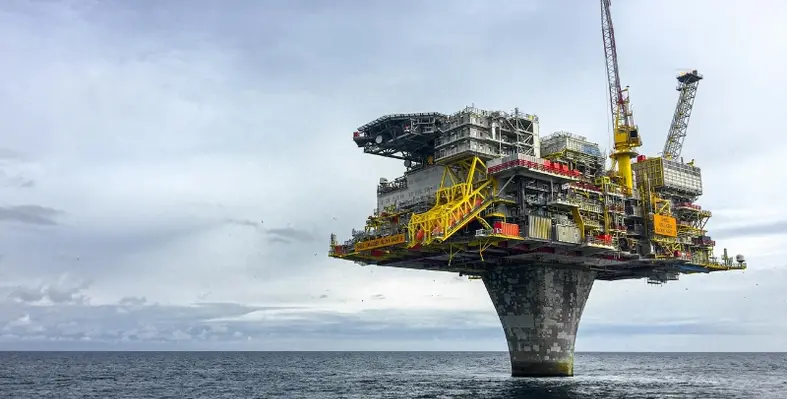

Halliburton has introduced the StreamStar wired drill pipe interface system, a pioneering solution that provides real-time, high-speed data and continuous downhole power.
Designed to improve orchestrated closed-loop automation, the system enables faster and more accurate decision-making.
By reducing reliance on downhole generators and lithium batteries, StreamStar allows a compact bottomhole assembly that positions sensors closer to the bit for enhanced measurement reliability.
It also enables instant, two-way communication between the logging-while-drilling system and rotary steerable system, cutting well construction time.
The StreamStar system is part of Halliburton’s iStar intelligent drilling and logging platform, integrating seamlessly with the LOGIX automation and remote operations suite.
This combination allows instant execution of commands, closed-loop control, and real-time optimisation of drilling operations.
As the industry moves toward smarter, automated drilling, StreamStar delivers enhanced precision, operational efficiency, and confidence at every stage of well construction.
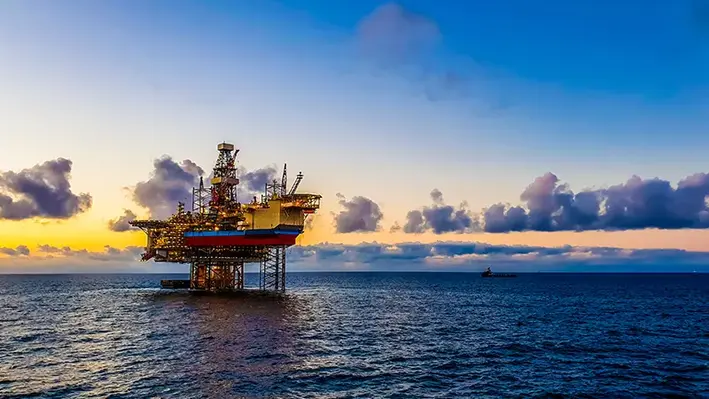
 Aquaterra Energy, a leading provider of offshore engineering solutions, has announced the appointment of Matt Marcantonio as its new Head of Engineering, marking an important milestone in the company’s ongoing growth and dedication to advancing offshore technologies.
Aquaterra Energy, a leading provider of offshore engineering solutions, has announced the appointment of Matt Marcantonio as its new Head of Engineering, marking an important milestone in the company’s ongoing growth and dedication to advancing offshore technologies.
With more than 18 years of experience in the offshore energy sector, Marcantonio is a well-known figure in the industry. In his new role, he will oversee Aquaterra Energy’s global engineering function, driving innovation, enhancing product development, and strengthening the company’s technical leadership across Well Access and Offshore Developments, including well intervention, late-life abandonment operations, and carbon capture and storage (CCS).
Marcantonio joins Aquaterra Energy after nearly 17 years with Claxton Engineering and 18 years within the Acteon Group, bringing with him substantial expertise in riser systems, bespoke tooling, and complex well abandonment projects. He also brings experience in platform design gained during his time with UWG and 2H. With a strong history of leading multidisciplinary engineering teams to deliver innovative offshore solutions, Marcantonio’s appointment will help advance Aquaterra’s strategic focus on expanding its engineering capabilities and accelerating the development of proprietary technologies such as the Recoverable Abandonment Frame (RAF), the AQC systems suite, and the Sea Swift platform.
George Morrison, CEO at Aquaterra Energy, commented, “Hiring a talent like Matt underscores our ambition to remain at the forefront of offshore energy innovation while addressing our clients’ offshore challenges. His combination of deep technical knowledge, product development experience and leadership capability will be instrumental as we expand globally and continue developing technologies that support the energy transition and deliver value across the full well lifecycle.”
Alongside enhancing Aquaterra’s intellectual property portfolio and promoting operational excellence across global projects, Marcantonio will also focus on mentoring the company’s emerging engineering talent, helping to strengthen skills within Aquaterra and the wider offshore industry.
Matt Marcantonio, Head of Engineering, added, “I’ve always admired Aquaterra Energy’s reputation for innovation and engineering excellence, so I’m delighted to be joining such a talented and ambitious team. This is a company that delivers practical, field-ready solutions to solve some of the offshore industry’s biggest challenges – from cost-effective abandonment to enabling the future of CCS. What excites me most is the chance to support the next generation of engineers, sharing experience and building confidence in a sector that urgently needs new talent. Together, we have the chance to strengthen Aquaterra’s position as a leader in offshore innovation and make a lasting impact across the energy industry.”
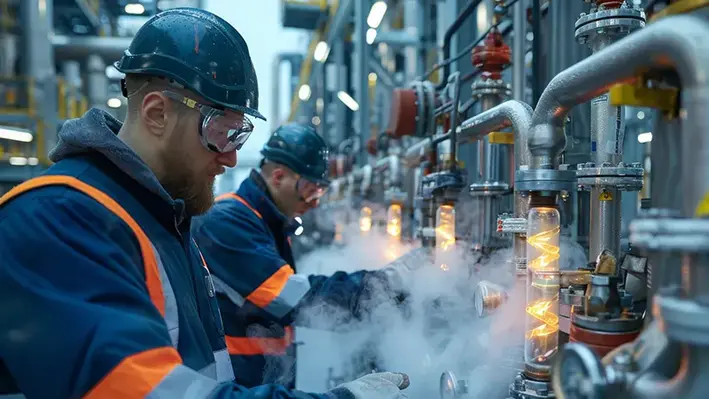
 The United Kingdom has witnessed the successful drilling of the country's first carbon storage appraisal well as part of its ambitious carbon capture and storage objectives.
The United Kingdom has witnessed the successful drilling of the country's first carbon storage appraisal well as part of its ambitious carbon capture and storage objectives.
According to Offshore Energies UK, this new well in the decommissioned Hewett gas field off Bacton on the coast of North Norfolk, will play a significant role in accelerating the path to net zero greenhouse gas emissions as it serves as a major carbon store in the region. The project reflects the UK industry's sustainable approach as it repurposes existing oil and gas infrastructure, delivering carbon capture and storage with the help of efficient supply chains and skilled workforce.
The site operated by the global energy company Eni, is part of the North Sea Transition Authority’s first carbon storage licencing round.
Powering the UK with gas for decades, the Hewett field will now boast a storage capacity of up to 10 million tonnes of CO2 annually as a large-scale carbon storage facility. This equals the yearly greenhouse gas emissions of around a fifth of all UK industry.
The location of Hewett is particularly well placed to support the decarbonisation of industry in Southern England and also industrial greenhouse gas producers in continental Europe.
With an aim to accelerate this process, Offshore Energies UK has initiated a round table with the European Commission, looking to navigate regulatory barriers that currently prevent cross border transport of carbon emissions.
The North Sea Transition Authority which oversees Britain’s carbon capture plans, has already awarded permits for the UK’s first two carbon storage projects. These are the Northern Endurance Partnership off Teesside in December 2024, and Liverpool Bay carbon capture and storage project in April 2025, which is also operated by Eni.
These two projects together could store more than 200 million tonnes of CO2, equivalent to taking 110 million cars off the road for a year. The permits have also unlocked £6bn worth of supply chain contracts and 4,000 construction jobs.
Enrique Cornejo, OEUK Head of Energy Policy, said, “This Hewett appraisal well is a powerful signal of industry’s commitment to invest in the UK’s net zero future. It shows how our existing energy infrastructure and expertise are being repurposed to deliver climate solutions. But for commercial carbon capture and storage to succeed at scale, government must accelerate a clear route to market for projects like Bacton CCS which are outside the government’s planned cluster sequencing process. The Hewett appraisal well is a tangible example of industry stepping up, and now it’s time for policy to keep pace.”
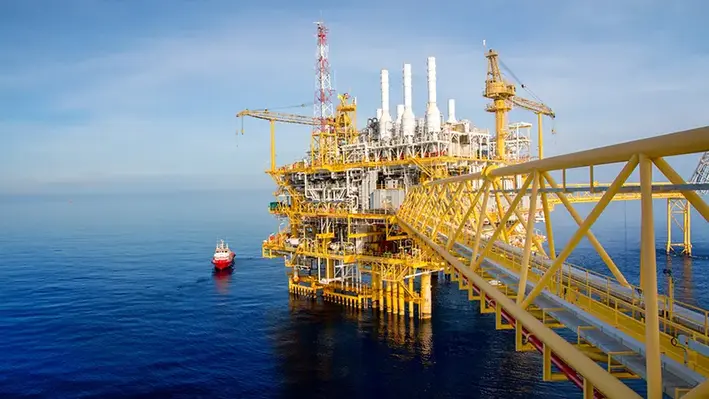
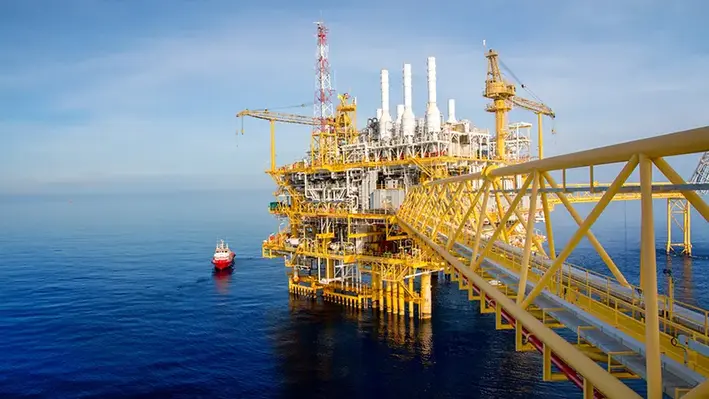 The journey toward large-scale carbon capture and storage (CCS) is gaining momentum, but significant technological and operational challenges continue to slow progress.
The journey toward large-scale carbon capture and storage (CCS) is gaining momentum, but significant technological and operational challenges continue to slow progress.
According to the CCS Wells Technology Roadmap, a comprehensive report published by the Net Zero Technology Centre (NZTC) in collaboration with DNV and commissioned by the UK’s North Sea Transition Authority (NSTA), key gaps remain in the deployment and optimisation of monitoring technologies essential to ensuring safe, efficient, and long-term CO₂ storage.
The report highlights that while technologies such as Vertical Seismic Profiling (VSP), microseismic monitoring, pulsed neutron logging, and tracer systems are critical to tracking CO₂ movement and storage integrity, each faces its own limitations that must be addressed to unlock the full potential of CCS.
For Vertical Seismic Profiling (VSP), the challenges centre around high operational costs, complex logistics, and limited spatial coverage beyond the wellbore. Although Distributed Acoustic Sensing (DAS) VSP offers enhanced spatial resolution, fibre-optic longevity and signal quality over extended periods, often decades, remain pressing concerns. The report also points out that conducting repeated surveys can be resource-intensive, impacting the long-term sustainability of monitoring programmes.
In microseismic monitoring, the quality of data is often affected by background noise, sensor coupling, and the difficulty of pinpointing small events within deep storage formations. While DAS-based systems can enhance coverage, they still fall short in sensitivity and low-frequency response compared to geophones. Automating the discrimination between injection-induced and natural seismicity, and developing real-time interpretation systems for timely risk response, remain major technological gaps.
When it comes to pulsed neutron logging, the report notes challenges in distinguishing CO₂ in low-porosity or thinly bedded formations. The presence of saline water or complex lithologies can distort results, complicating saturation analysis. Differentiating CO₂ from hydrocarbons, which both exhibit low hydrogen index signals, is also problematic. Achieving accuracy requires robust baseline data, calibration, and the integration of multiple logging methods. As cited by the report, Kim et al. proposed an approach that helps distinguish CO₂ from hydrocarbon gases in depleted gas reservoirs, an important step forward in refining this method.
Meanwhile, tracer technology still faces issues with long-term stability, especially for nanoparticle and biomarker tracers, along with potential cross-contamination and detection challenges in dilute CO₂ plumes. Infrastructure limitations, particularly in offshore or remote sites, compound the issue. The roadmap also highlights the need for improved integration of tracer data with other monitoring results, stronger regulatory frameworks for leakage quantification, and validation of new tracers for environmental safety over extended storage lifespans.
Across all these methods, the NZTC and DNV report underscores a common challenge: scaling field pilots to commercial operations that can run reliably over decades. It calls for more automation, better data integration, and enhanced sensor and tracer durability in CO₂-rich environments.
The information in this article has been extracted from The CCS Wells Technology Roadmap, a report published by the Net Zero Technology Centre (NZTC) and DNV, commissioned by the UK’s North Sea Transition Authority (NSTA). To explore the complete findings and insights, read the full report here.
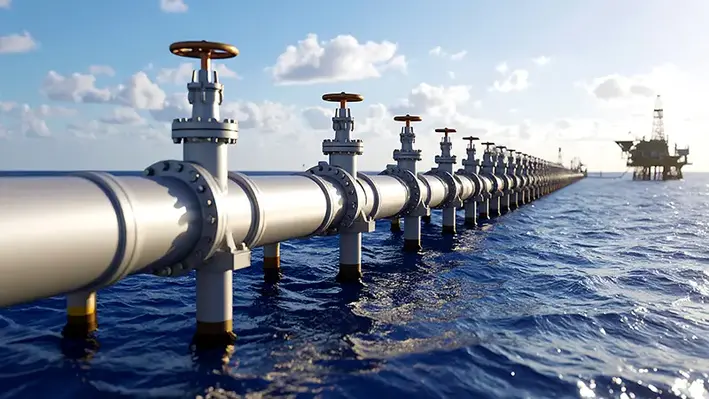
 Ready to be extracted via a single subsea well, Shell's Victory gas field in the UK North Sea will help maintain domestically produced gas for Britain’s homes, businesses and power generation.
Ready to be extracted via a single subsea well, Shell's Victory gas field in the UK North Sea will help maintain domestically produced gas for Britain’s homes, businesses and power generation.
Approximately 47 km north-west of the Shetland Islands, the Victory field has started production for Shell UK Limited to reach the Shetland Gas Plant via an existing pipeline network connencted to the subsea well. Utilising the existing infrastructure will reduce operational emissions. The gas will be piped to further travel the Scottish mainland at St Fergus near Peterhead, where it will be fed into the national gas network.
Peak production is estimated at around 150 million standard cubic feet per day of gas (approximately 25,000 barrels of oil equivalent per day) at full capacity, which is equivalent to heat nearly 900,000 homes per year. Most of the field’s recoverable gas is expected to be extracted by the end of the decade.
As older gas fields reach the end of production, Victory can help bridge the gap while also reducing the UK's reliance on imports.
"Gas fields like Victory play a crucial role in the UK’s energy security, and the country will rely on them for decades to come. They provide an essential fuel we need now, and act as a partner to intermittent renewables as we move through the energy transition,” Shell UK Upstream Senior Vice President, Simon Roddy said. “By developing fields like Victory next to existing infrastructure, we are making sure our production in the UK North Sea remains cost competitive and reduces operational emissions.”
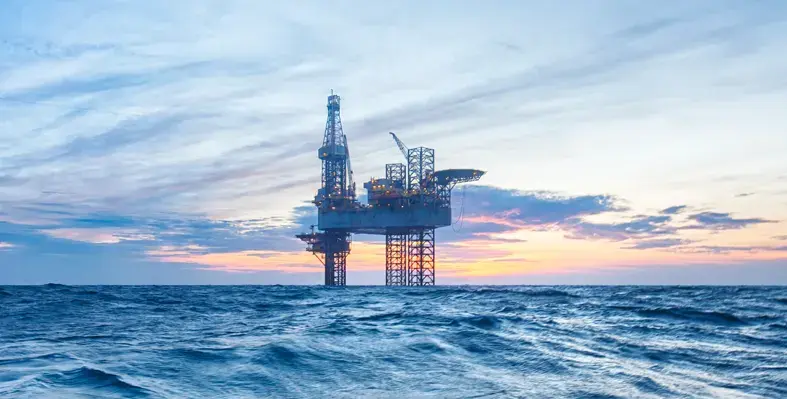

Serica Energy plc has announced the signing of an agreement to acquire BP’s entire stake in the P111 and P2544 licences in the UK Central North Sea, pending the waiver of applicable pre-emption rights.
The Proposed Acquisition includes a 32% non-operated interest in the P111 licence, home to the Culzean gas condensate field, and the adjacent P2544 exploration licence.
Culzean, operated by TotalEnergies, is currently the largest single producing gas field in the UK North Sea.
Under the joint operating agreement, the Proposed Acquisition is subject to a 30-day pre-emption period, during which partners TotalEnergies (49.99%) and NEO NEXT (18.01%) may acquire BP’s stake on the same terms. Updates will follow as appropriate.
Chris Cox, Serica's CEO, stated, “Should this transaction complete, it would deliver a step-change for Serica, adding material production and cash flows from the largest producing gas field in the UK. Culzean is a world-class asset, delivering gas from a modern platform with exceptionally high uptime and low emissions.”
The Proposed Acquisition carries an economic date of 1 September 2025, with an upfront cash consideration of US$232mn, subject to customary working capital adjustments and partially offset by interim post-tax cashflows expected by completion at the end of 2025.
Two additional contingent cash payments are included: one linked to successful results from P2544 exploration, and another tied to changes in the UK ring-fence fiscal regime. Funding will come from interim Culzean cashflows and existing financial resources, including the $525 million Reserve Based Lending facility, with the potential for a new acquisition facility to support the Company’s larger asset base.
Culzean is a mid-life gas condensate field discovered in 2008 and onstream since 2019, producing c.25,500 boepd net to BP in H1 2025 at 98% efficiency.
Remaining net 2P reserves are estimated at c.33 mmboe. Production costs are US$10.7/boe, with one of the lowest carbon footprints in the UK North Sea, well below the sector average of 20 kg CO2/boe. Future infill drilling and licensed exploration offer upside potential.
Page 1 of 35
Copyright © 2025 Offshore Network